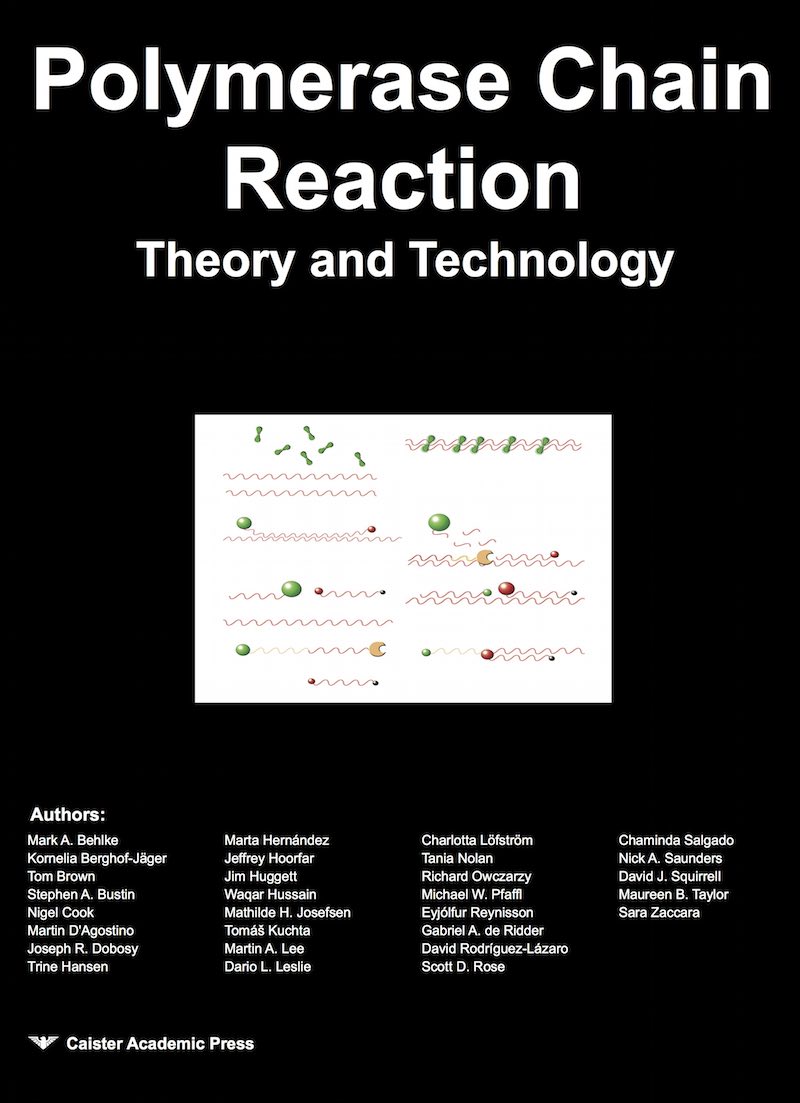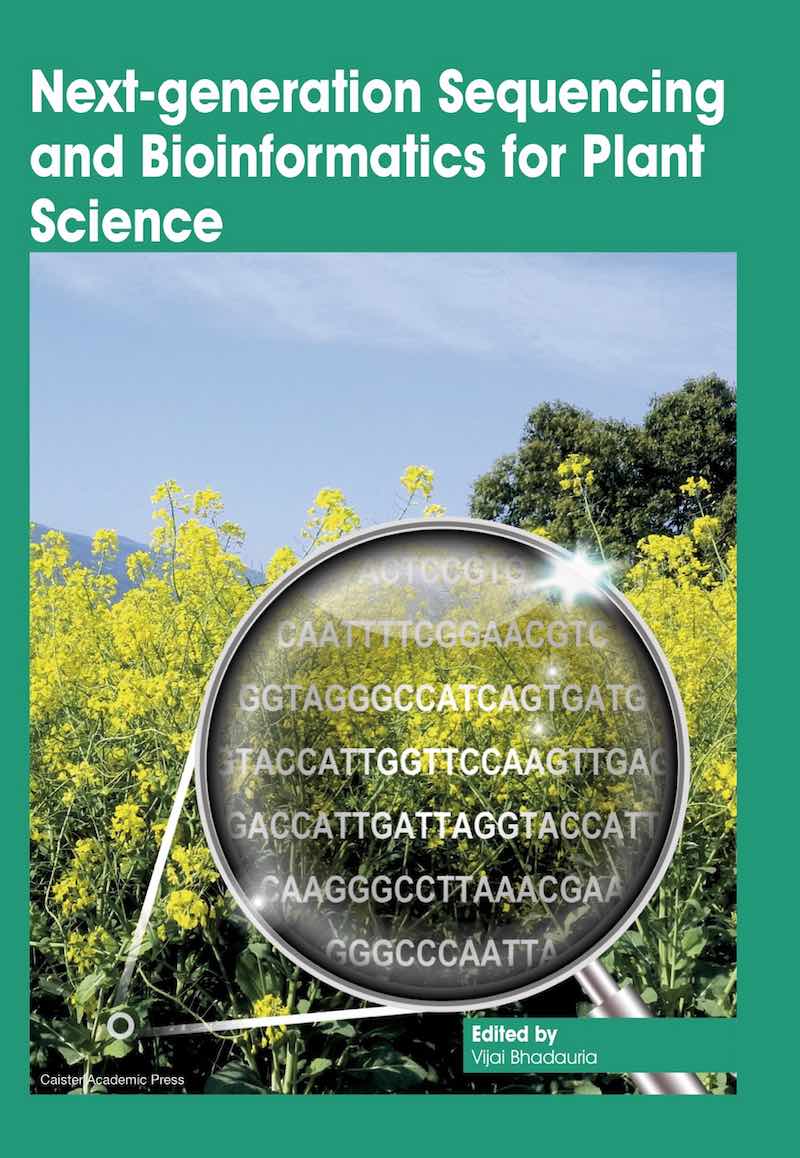What is PCR?
An introduction to PCR.
PCR
PCR is an abbreviation for "polymerase chain reaction". PCR is a method for amplifying DNA. So if you have one molecule of DNA you can increase it to thousands of molecules within a few hours. This is achieved using an enzyme called DNA polymerase and the raw material or "building blocks" of DNA. The enzyme copies the original DNA molecule to make two molecules. Then it copies each of these molecules to provide a total of four molecules. Then these four molecules are copied to give a total of eight DNA molecules. And so on ...PCR is a process used to makes copies of a piece of DNA. PCR consists of three steps: Denaturation, annealing, and extension. Each PCR stage doubles the number of DNA molecules. The process is continued for many cycles to generate a huge number of copies. The process is performed on a PCR cycler or PCR machine. The PCR cycler heats or cools the PCR mixture at the appropriate time in order to allow denaturation, annealing, or extension.
The principles of Polymerase Chain Reaction (PCR) were described for the first time in 1971. But it was in 1985, with the introduction of a thermostable DNA polymerase, that the first experimental data using this technique was published. Since then, the use of PCR has been described in hundreds of thousands of scientific publications. The PCR technique has been applied in many different scientific areas due to its versatility, specificity and sensitivity.
Further reading
- Real-Time PCR: Advanced Technologies and Applications
- Real-Time PCR in Food Science: Current Technology and Applications
- Quantitative Real-time PCR in Applied Microbiology



